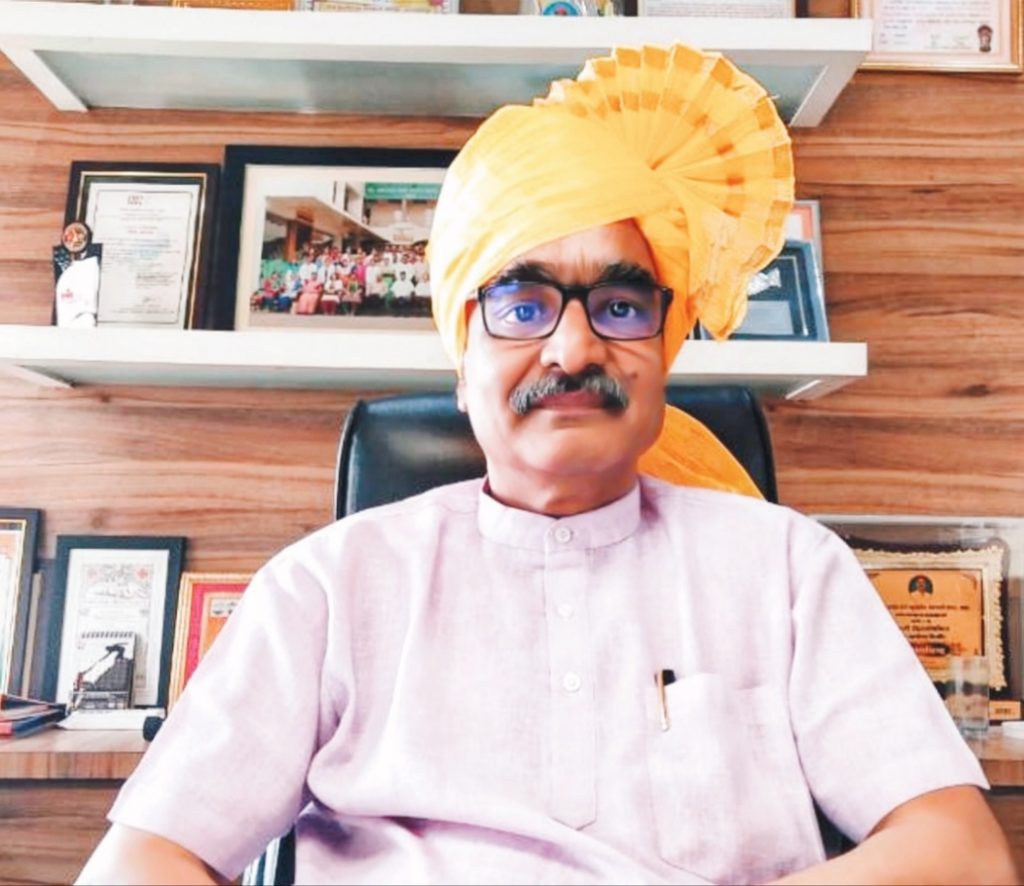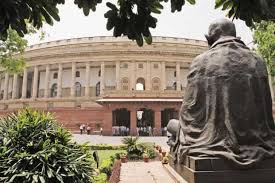An Ayurvedic Approach to Cardiology – Heart Disease
herbal drugs useful in cardiology

Heart disease is now the world’s leading causes of death, claiming 17.3 million lives each year. Latest statistics in India suggest that, there are roughly 30 million heart patients. Of the 30 million heart patients in India, 14 million reside in urban areas and 16 million in rural areas. The Indian rural population and urban poor especially are facing a “double burden” – with incidences of acute diseases continuing, while there is a rapid growth in incidences of chronic diseases, “If the current trend continues, by the year 2020, the burden of atherothrombotic cardiovascular diseases in India will surpass that of any other country in the world.”
Currently, the key challenges that face cardiac care in India are inadequate facilities, accessibility, the price tag attached to efficient and effective treatment, lack of awareness of non-communicable diseases. The growth of heart diseases is dependent on a number of interlinked factors such as ageing, changing lifestyles, bad eating habits and rapidly evolving socio-economic determinants like access to healthcare.
Ayurveda holds the breakthrough to the key challenges that the India and in turn the world is facing in present era in cardiac care. Various scattered literature can be brought together and a clinical cardiology in Ayurveda can be given to modern society.
Heart is a aerobic organ and seat for oja
The word HRIDAYA is made up of HRI- DA- YA. HRI means Aharan, physiologically it means Venous Return or Preload, DA means Danarthaka or the Stroke Volume i.e. Afterload and YA means Gatyarthaka i.e. Rhythmic Contractility of Myocardium or heart rate.
Heart is a aerobic organ and seat for oja, indriya, sadhak pitta, atma, pranvayu, avalambak kapha, mana and vyanvayu. It is mulasthan for pranvaha and rasavahasrotas and due to rasa vikshepana karma it gets associated with udakvaha, raktavaha and all the srotas of the body.
Charak in Rasayan adhyaya has describe gramya aahar which is the key for the increase of non communicable disease. It consists of Amla, lavana, katu, kshar dominated diet which is cause for vitiation and abnormal increase of rakta dhatu. Shuska shaka, shuska mansa, oil extracted paste of sesame etc. and various consumables having ruksha quality have a very low nutritional value. Klinna, guru, pishtanna, adhyasana, sedentary lifestyle and abhishyandi aahar which are source of extra calories. Virudha, asatmya, visham aahar, and paryushit anna which have an impact on our immune system.
Day sleep, Indulging in excessive exercise and sex, Alcohol intake, which increases oxidation process and release oxidants and free radicals and Pshycological factors such as bhaya, krodha, lobha, shoka, moha which are cause for the neuro-hormonal imbalance, for example excess adrenaline secretion and in turn over sympathetic activity.
Indulgence in gramya aahar
Indulgence in gramya aahar results as laxity in Mansa, Vidahyate (inflammatory changes) in rakta, excessive and abnormal meda and Oja kshaya. Sama meda is enriched in prithvi and aap mahabhuta caused due to altered ratio between dravatva and ghanatva resulting into increase Pratighata and decreased apratighata. Resistance to Vyan vata results into increased rheological forces within the vessels and chambers of heart. Increase rheological forces cause injury to the srotas thereby causing proliferation of new vessels. But sama meda due to its quality to adhere to vessel wall further increase pratighat continuing the vicious cycle of injury to srotas (vessel) and proliferation of new anusrotas (vessels). This contributes to dhamanipratichaya a nanatmaja vyadhi of kapha dosha. Concept of Madhumeha as explained in Ca. Su. 17th chapter and pathogenesis of Urustambha as explained in Ca. Ci. 27th chapter is necessary to understand the pathogenesis of atherosclerosis in ayurveda. Therefore due to srotoavarodh disparity origins between the nutritional demand of the cardiac muscles and nutritional supply through the vessels which have undergone dhamanipratichaya leading to hritshula (angina) and vatik hridroga (IHD).
angina, is severe chest pain due to ischemia
Angina pectoris, commonly known as angina, is severe chest pain due to ischemia (a lack of blood and hence oxygen supply) of heart muscle, generally due to obstruction or spasm of the coronary arteries. Sushruta in uttartantra gulma chikitsa adhyaya has mentioned about hritshula Kapha, pitta or both when impedes the gati of vata which is associated with rasa especially in cardiac muscles leads to chest pain (hritshoola/ angina).
Psychological factors like krodha which vitiates pitta and bhaya, shoka which leads to pran vayu dusti leading to sympathetic overactivity and inturn influencing action of vyan vayu in a Hina satva person (Type A personality) leading to increase in heart rate. If this takes place in already compromised cardiovascular disease patient it leads to symptoms like angina and vatic hridroga.
Anatomical changes in heart
Anatomical changes in heart like, aortic stenosis obstructs the left ventricular outflow of blood reducing the cardiac output leading to increased contractility of left ventricular muscles later on converting into Left Ventricular Hypertrophy. If demand of nutrition for the increased surface area, if not supplied leads to angina and later on precipitate as hridayagata vata.
Vata is necessary for the coordinated functioning of heart. If vata gets vitiated the conduction defects may occur. Tachycardia and bradycardia are the 2 main classification of impaired cardiac conduction. Dara or dardarika as explained by Chakrapani or hridrava as explained by Yogindranath Sen explained the tachycardia. Various rhythmic and arrhythmic tachycardias have been described by Modern science for eg. Sinus tachycardia, Atrial fibrillation, Atrial flutter, AV nodal reentrant tachycardia, Accessory pathway mediated tachycardia, Atrial tachycardia, Multifocal atrial tachycardia, Junctional tachycardia, Ventricular tachycardia, supraventricular tachycardia etc.
Hridstambha explains the bradycardia. Stoppage, obstruction, suppression are various meaning of stambha. Sinus bradycardia, Sick sinus syndrome, AV block etc explain the condition of slow heart rate. Asystole, also known as flatline, is a state of no electrical activity from the heart and therefore no blood flow. It results in cardiac arrest. It may also be noted that tachycardia may later convert into asystole. Thus various conditions resulting into tachycardia and bradycardia may be considered in vataj hridroga.
Pittaj hridroga
Pittaj hridroga includes infective conditions of cardiac diseases like infective endocarditis/ myocarditis/ pericarditis, Rheumatic heart disease, infective cardiomyopathy. Alcohol, chemotherapeutic drugs, heavy metals like arsenic etc induced heart disease has similarity with pittaj hridroga.
Stabdha, Sputa and Stimita are the 3 lakshana mentioned by Caraka for kaphaja hridroga. The Sanskrit meaning of the word stabdha is firmly fixed, stiff, rigid, immovable, paralyzed, senseless, dull, solidified, tardy, slack, slow whereas supta means insensible, dull, resting, latent, inactive and Stimita means Fixed, rigid, unmoved, motionless, steady; paralysed, flowing gently along. It means heart is motionless, inactive, slow, solidified, rigid, these 3 words extent the scope of kaphaja hridroga from non infective cardiomyopathy to cardiac tamponade.
exercise, prudent diet, lifestyle
Pathogenesis of various Cardiac diseases can be understood through scattered references in Samhita after going through chapters related to sthaulya, raktapitta, gulma, rajyakshma, kshatakshinna, shoth, grahani, hikka shwas, kasa, trimarmeeya adhyaya, urustambha, vatarakta and especially avaran from vatavyadhi.
Primary approach to the prevention and treatment of cardiac disease can be understood from the dincharya and ritucharya adhyaya. Importance of early morning exercise, prudent diet, lifestyle, avoiding smoking and tobacco products, following aachar rasayan, meditation and good management of stress are the basic line of treatment for all the non communicable disease.
Prudent diet consisting of varied eating pattern should be followed. Preference should be given to fish, chicken, low fat dairy products. Consume more unrefined carbohydrates such as grains product. Salt & alcohol intake should be moderate and diet should consist of antioxidants like amalaki, lemons, spinach, turnip leaves, watermelon, sweet potatoes, carrots, tomatoes, pumpkin, wheat grass juice, oranges, guava, mung etc. Various fibrous diet, vegetables, seasonal fruits, omega 3 fatty acids should be taken.
A multiple direction approach
A multiple direction approach should be kept in treatment of Cardio-Vascular Disease. Causative factors and the pathology should be understood than only treatment should be initiated. Role of sama meda, rasa-raktavaha and pranvaha srotas, vata dosha, grathita rakta, hridaya kriya, rogatikarshana, psychological status all these factors should be considered and then multidrug combination should be decided.
herbal drugs useful in cardiology
Research has shown that various herbal drugs have multiple actions which can be useful in cardiology. Drugs like Kamalkshar, Darbha, Kusta, Paravatashakrit, Mrinal, Palash kshar, Priyangu kshar act on grathit rakta (thrombus). Drugs like Maricha, Chitrak, Daruharidra, Rason, Tulsi and Vacha act on sama meda. Amalaki, Haritaki, Punarnava, Shatavari, Shalparni, Sariva, Manjista act on rasa and raktavahasrotas. Vasa , Amrita, Punarnava, Amalaki, Pushkarmoola, Kusta, Kachora, Kantakari and Brihati have action on pranvahasrotas. Some Drugs like Punarnava, Gokshur, Musta, Ushir, Dashmula, Varun have mutrala effect so reduce the hypervolaemia. Drugs like Arjun, Brahmi, Tulsi, Guggulu and Punarnava have hridya effect.
Role of Shodhan karma in hridroga has its own limitation. It should be ordered considering the basic parameters, cardiac preload, afterload, age etc. If preferred mridu prayog should be carried out that too understanding the bala of patient and dosa. Yapana Basti can be reassured.
A brief approach has been mentioned above but the sutras mentioned by our Acharya have the capacity to explain complete Cardiology in Ayurveda.
Prof. Dr Satyendra Narayan Ojha
M.D.(ayu, KC) Ph.D (ayu, hridroga)






Very nice article thank s to provide wonderful knowledge